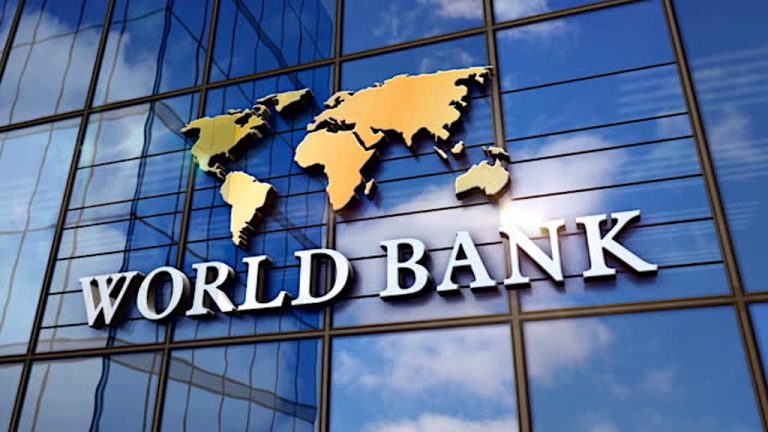Nigeria’s World Bank Loans: A Brief Overview
Nigeria has a history of securing loans from the World Bank to address various developmental challenges. These loans typically come with specific conditions and are intended to support sectors like infrastructure, education, healthcare, and economic stability.
Recent World Bank Loans to Nigeria
Here are some of the recent World Bank loans to Nigeria:
- $500 million loan: Proposed for dam safety and water resource management. The goal is to address water security challenges and boost agricultural productivity.
- $2.25 billion loan: Approved in April 2024, this loan aims to bolster Nigeria’s economic stability and support vulnerable populations.
- $500 million loan: Approved in February 2021, to support the Nigerian Distribution Sector Recovery Program (DISREP) aimed at improving the performance of Electricity Distribution Companies (Discos).
Key Considerations and Criticisms
While World Bank loans can provide much-needed financial resources for development, they also come with their share of criticisms. Some key points to consider include:
- Debt burden: Nigeria’s increasing external debt, including loans from the World Bank, raises concerns about the country’s ability to repay.
- Conditionality’s: The World Bank often imposes conditions on loans, which may impact government policies and priorities.
- Project implementation: Effective implementation of projects funded by World Bank loans is crucial to achieve desired outcomes.
It’s essential to monitor the specific terms and conditions of each loan, as well as the impact of these loans on Nigeria’s economy and development.
Would you like to delve deeper into a specific World Bank loan or its potential impact on Nigeria?

